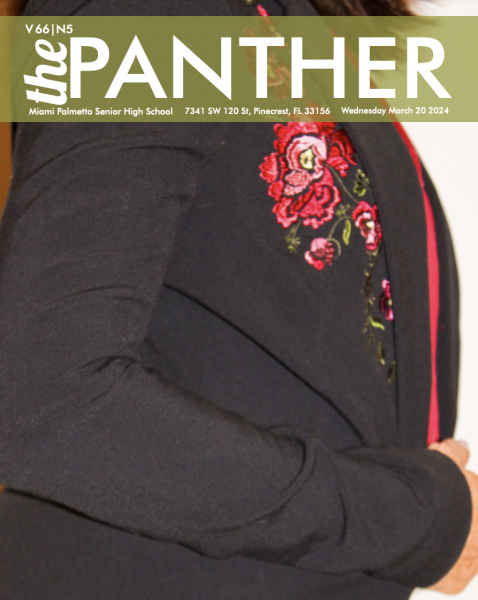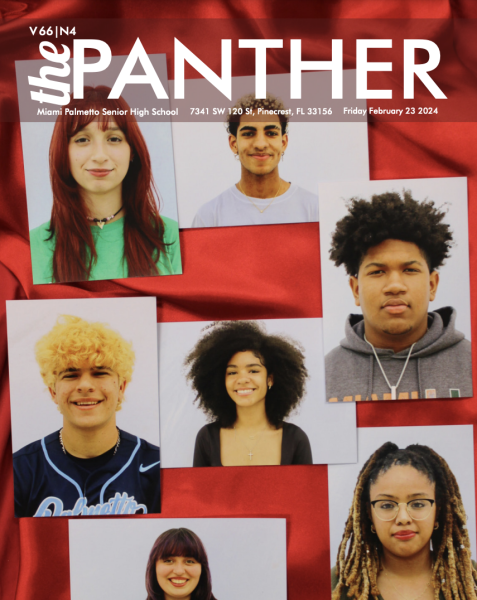5,000 red ties modeling excellence
May 20, 2014
“Heavenly father, we know that doing our best now in the school house is better than getting locked up later in the jailhouse,” the 5000 Role Models recite in their Excellence Prayer. Far exceeding the 500 African American Male Role Models of Excellence, today’s 8000 at-risk minority boys can be seen striding through 101 Miami-Dade County public schools’ hallways in their white dress shirt, black dress pants, black dress shoes and famous red tie.
The club builds values set by the adoption of the African proverb, “It takes an entire village to ‘educate’ one child,” as it strives to get the entire community involved in changing the direction of the youth.
Dr. Frederica S. Wilson started the program in the early 1990s when she noticed a pattern of minority boys being incarcerated, entering the drug trade or dropping out of school at disproportionately high rates.
Since then, the program has transformed into a dropout prevention program, committed to closing the minority male achievement gap, promising that each student involved will graduate from high school, go to college, vocational school or the military and be positioned to become a contributing and self-sustaining member of society as he matures into his manhood.
“This club got me on the right track with school. It made me much more respectful. It made me a brighter kid. I gained a lot of respect. It taught me obedience,” said junior Mervin Cox, Vice President of 5000 Role Models. “I think it’s going to get me into a lot of good colleges. Just the name says it all. Soon they’re going to have to change the name to 50,000 Role Models.”
While most elementary school, middle school and high school clubs have no relation to one another, 5000 Role Models guides members from Kindergarten to 12th grade. Right now, the club only exists in Florida; however, a law is trying to get passed that will require all young men to join the club.
The club has three main goals: to place at-risk boys in relationships with positive and successful men who they can emulate, to educate members about the consequences of succumbing to self-destructive behavior, and to prove a program that will empower adult community Role Models to prepare young men to deal with threatening challenges. The goals are designed to instill self-confidence and self-respect into the young men.
“I saw the boys in the club walking around having a good time and they looked like good people. I hadn’t been in a club yet and thought I might as well join,” junior Christopher Lecoin said. “It has actually helped me bring my grades up and make a better name for myself. The boys are like my family. We always have a good time together. They will always have my back and I will always have theirs.”
At Palmetto, the club has taken the boys on trips to Aventura Hospital and to the White House.
“The field trips we take teach me so much,” Cox said. “Aventura Hospital taught me not to eat junk food. I also learned there’s a lot of guys out there that are going to rip you off. Watch where you put your money and how you spend it.”
Mark Beckford, a retired police officer and a Palmetto alumnus, is now the representative community liaison for all the schools in the South that participate in the 5000 Role Models of Excellence Program.
“I want to make sure my kids from down South don’t get left behind. They need to shine, not be left behind,” Mr. Beckford said. “Nobody has an excuse for not being a productive citizen and that is the direction all these young men should go.”
Palmetto’s club sponsor, Mr. Clifford Laguerre, hopes the program provides a support system for every young man.
“If any of the boys have any issues or problems, I want them to have a place where they can come share and know people will always be there for them,” Mr. Laguerre said. “I want them to succeed at home, at school and in the community.”









